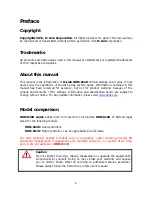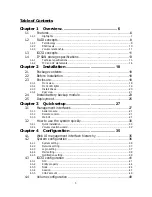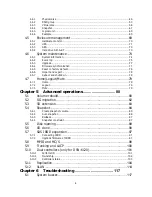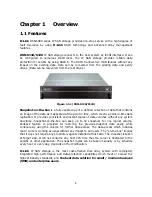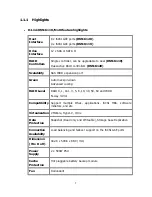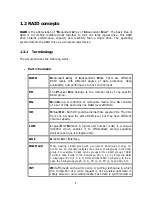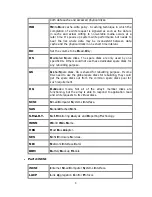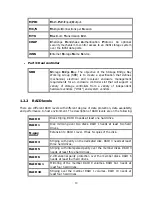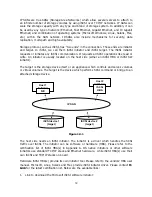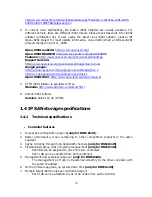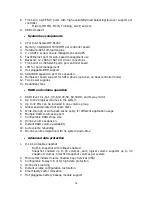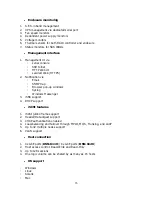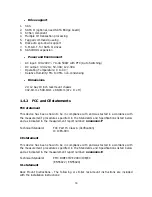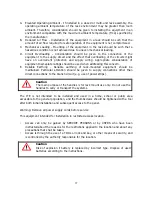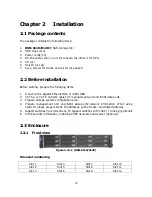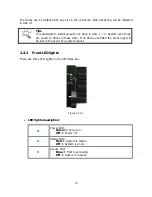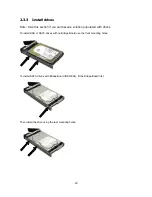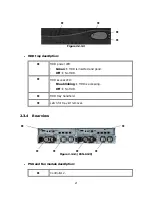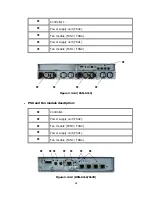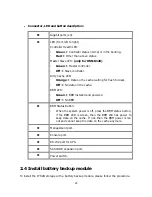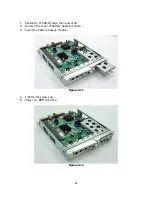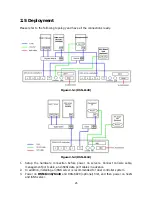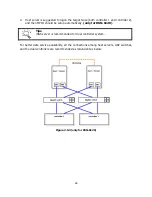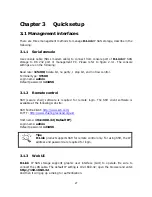
12
IP SANs are true SANs (Storage Area Networks) which allow several servers to attach to
an infinite number of storage volumes by using iSCSI over TCP/IP networks. IP SANs can
scale the storage capacity with any type and brand of storage system. In addition, it can
be used by any type of network (Ethernet, Fast Ethernet, Gigabit Ethernet, and 10 Gigabit
Ethernet) and combination of operating systems (Microsoft Windows, Linux, Solaris, Mac,
etc.) within the SAN network. IP-SANs also include mechanisms for security, data
replication, multi-path and high availability.
Storage protocol, such as iSCSI, has “two ends” in the connection. These ends are initiator
and target. In iSCSI, we call them iSCSI initiator and iSCSI target. The iSCSI initiator
requests or initiates any iSCSI communication. It requests all SCSI operations like read or
write. An initiator is usually located on the host side (either an iSCSI HBA or iSCSI SW
initiator).
The target is the storage device itself or an appliance which controls and serves volumes
or virtual volumes. The target is the device which performs SCSI command or bridge to an
attached storage device.
Figure 1.3.1
The host side needs an iSCSI initiator. The initiator is a driver which handles the SCSI
traffic over iSCSI. The initiator can be software or hardware (HBA). Please refer to the
certification list of iSCSI HBA(s) in Appendix A. OS native initiators or other software
initiators use standard TCP/IP stack and Ethernet hardware, while iSCSI HBA(s) use their
own iSCSI and TCP/IP stacks on board.
Hardware iSCSI HBA(s) provide its own initiator tool. Please refer to the vendors’ HBA user
manual. Microsoft, Linux, Solaris and Mac provide iSCSI initiator driver. Please contact D-
Link for the latest certification list. Below are the available links:
1.
Link to download the Microsoft iSCSI software initiator:
iSCSI device 1
(target)
Host 1
(initiator)
NIC
IP SAN
Host 2
(initiator)
iSCSI
HBA
iSCSI device 2
(target)


